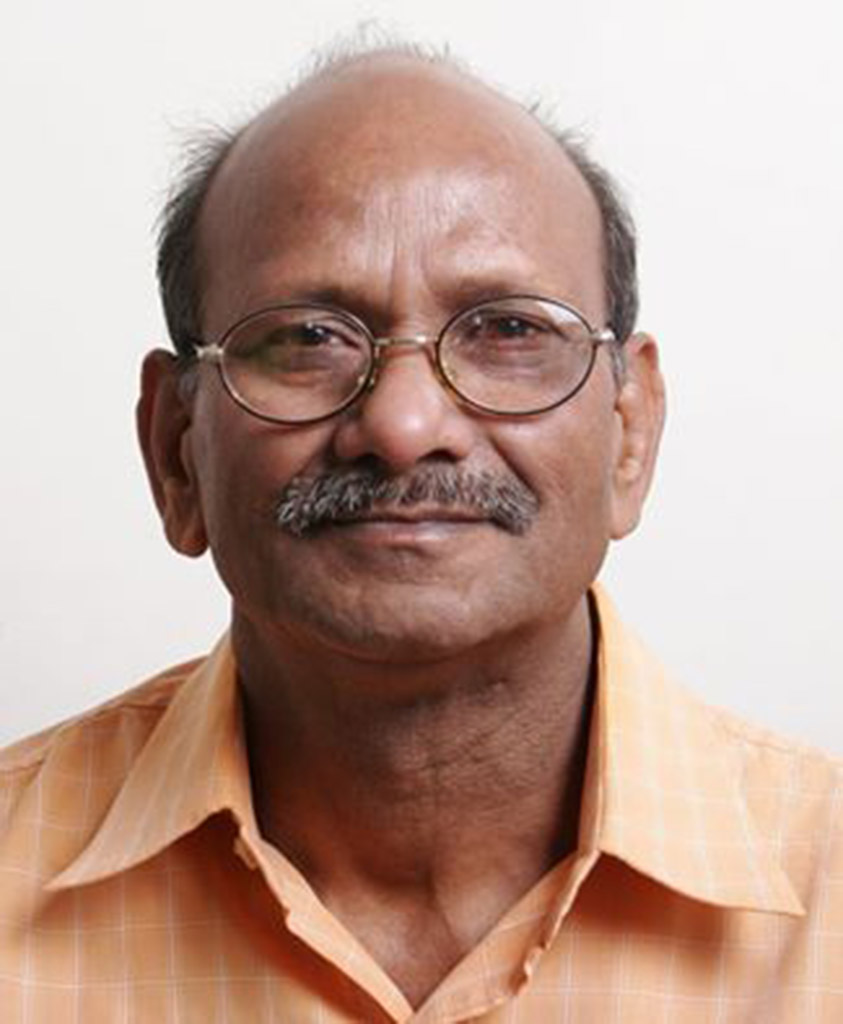"Life is a myth, and there are so many questions inside you that you can't express in words, so they find an expression in art in the form of images that are imaginary. The two most important things in art are: the idea and how you put it on paper, so that the image becomes important."
Born in Delhi in 1945, Jai Zharotia never held his creativity a captive of logic and reason. His freedom of spirit let him move beyond their confines enabling him to conjure up the powerfully evocative and communicative images we see in his work today. He didn't want to paint only the comprehensible, but instead wanted to discover and explore the world that lies beyond the realms of logic. The idea of duality in the iconography finds a place in all of his recent works. It pervades every aspect of the pieces, operating between what we see and what is hidden, what stands out blatantly and what evades our attention, as well as between the different levels of consciousness. Almost as if it is testing us and playing tricks on our senses. But even though an apparent structural divide exists in his paintings, they do not lack any dynamic energy. Zharotia makes sure that they go through a constant reconstruction and reinterpretation within themselves as well as within our minds.
The mystery that shrouds Zharotia's work isn't simply born from the metaphysical or a questioning of one's own purpose as in some other artists' works, but finds root in the artist's personal life as well. Zharotia has found that throughout his 'existence' there have been some greater forces at work that led him to make many life-changing decisions he wouldn't have otherwise. The role that fate and circumstance played in his life convinced him that as an artist, he must include what lay beyond the conscious in his work. Therefore, the duality between experience and imagination became the main tool in the artist's visual vocabulary. In Zharotia's paintings, we find a series of icons that are drawn from the physical world but which, when interpreted by him, change almost magically into those that represent a world that exists only in the furthest reaches of his imagination.
Zharotia's ability to leave the commonplace behind and find the unusual is seen in the technique he employs as well. His paper works are mixed media most of the time, combining tempera and pencils with watercolours. His paintings also have almost surreal two-colour backgrounds, and even the play of light and shadow he uses in them is not confined by any physical laws, just like the subject of his works.


